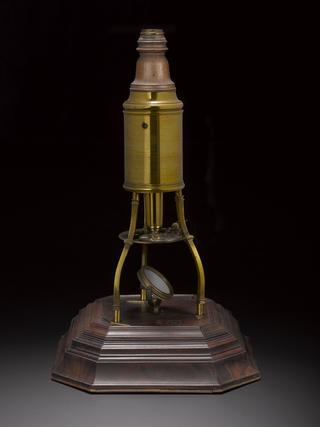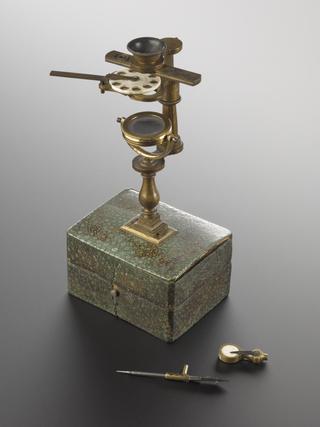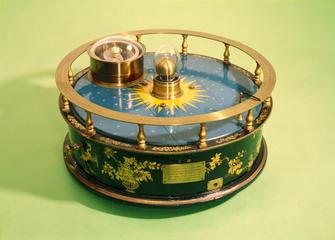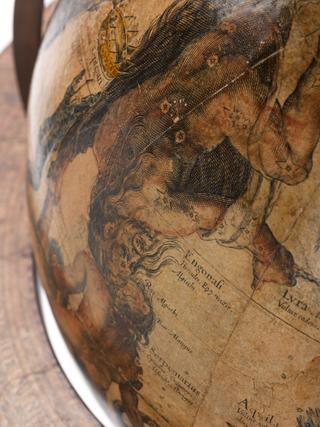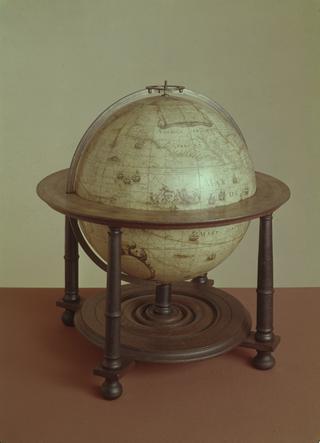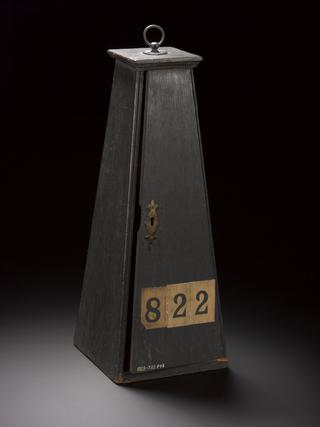
Silver microscope by George Adams, c. 1761.
- Made:
- 1763 in Fleet Street
- maker:
- George Adams
















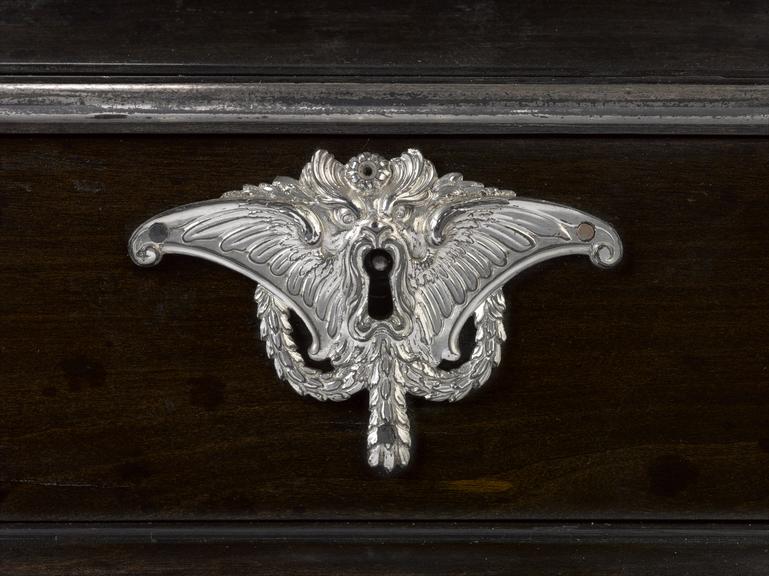
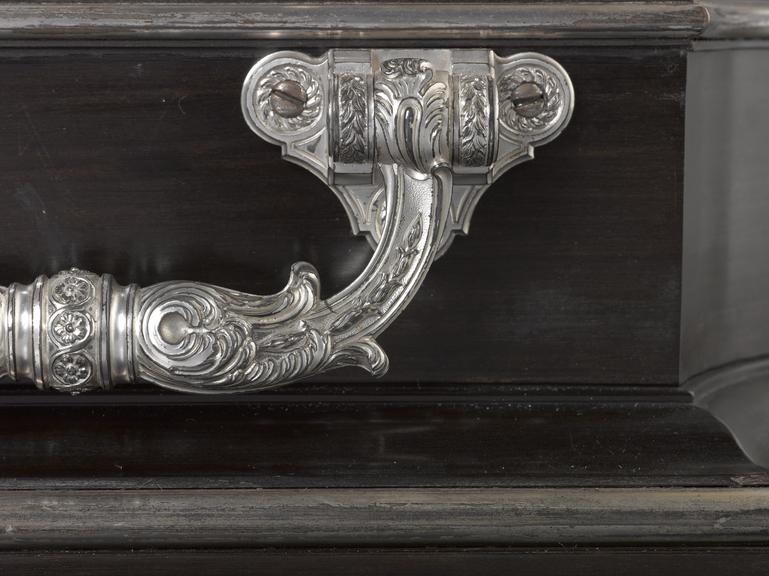

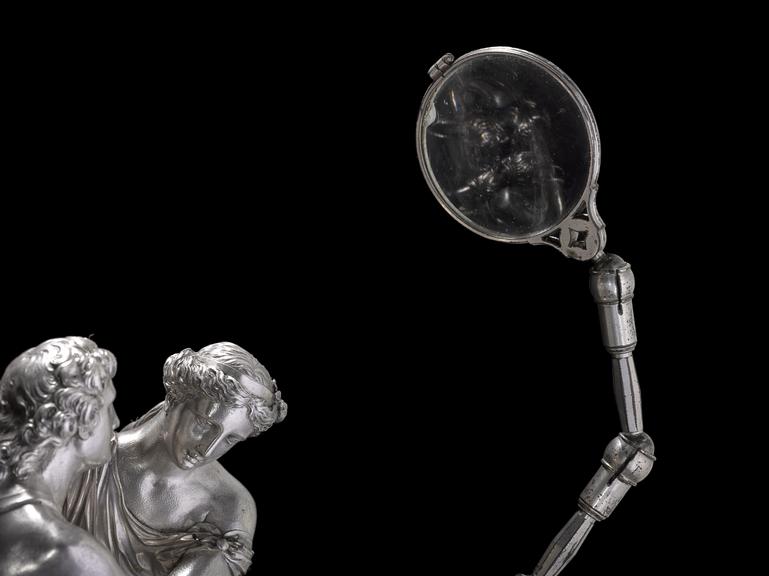


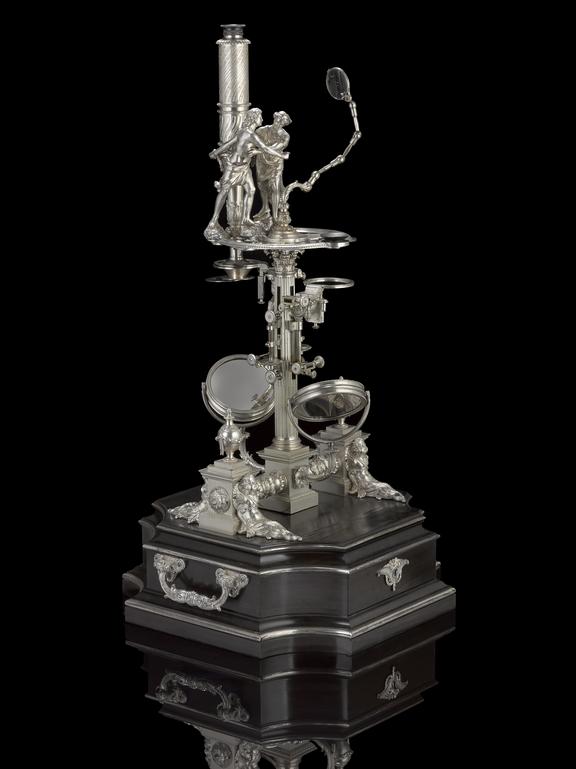


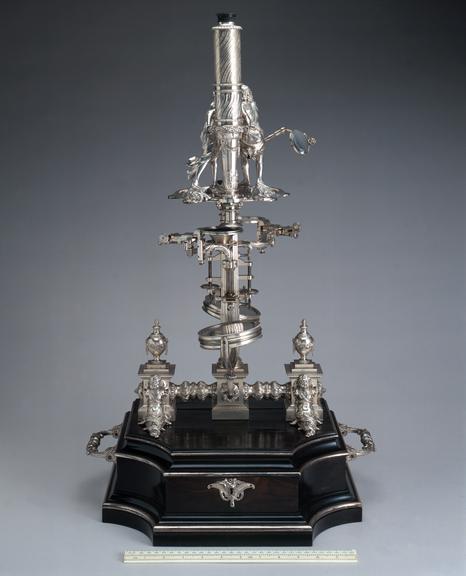
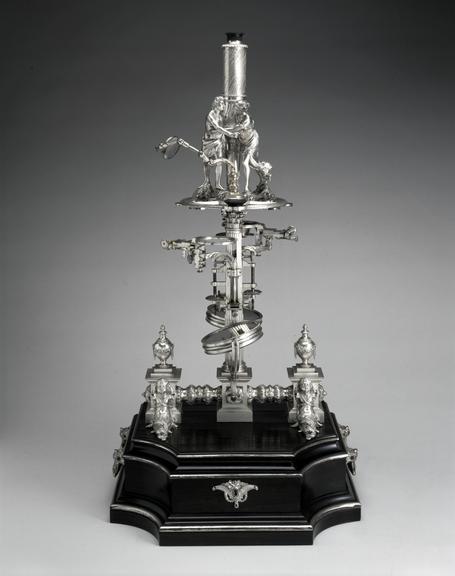

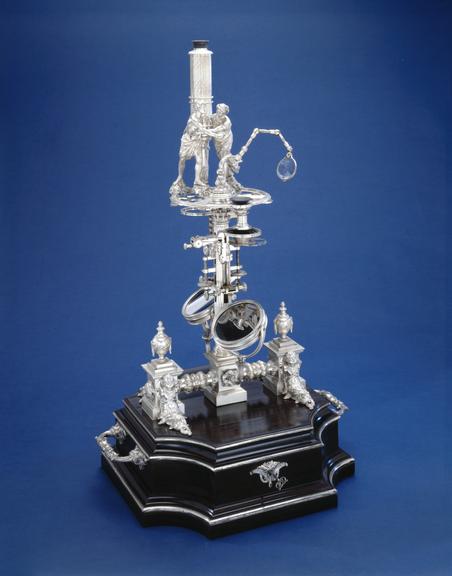

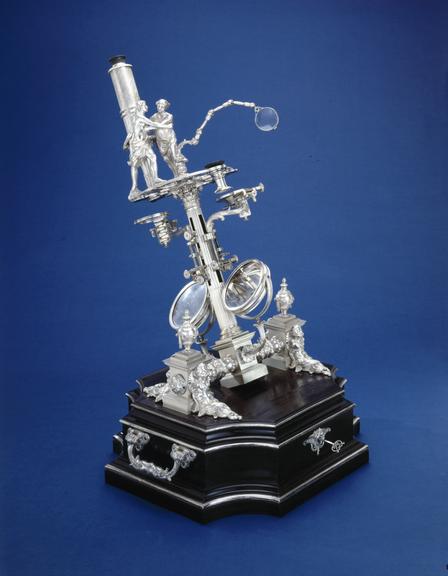

Silver ‘Universal Double Microscope’ with ornate decoration by George Adams the Elder, Fleet Street, London, c. 1763. The drawer in the base contains several accessories: an alternative eyepiece and eye cap, a stand for the jointed arm, three sets of objectives, talc discs for slides, a fishplate with a glass slide attached, three magnifiers, a pair of stage forceps, a live box, a pair of tweezers and a nosepiece.
The underlying principle of this instrument is based upon the ‘Universal Double Microscope’ which its maker, George Adams, described in his Micrographia Illustrata in 1746. However, it has been ornately decorated with allegorical figures and a central fluted Corinthian pillar, and covered with beaten silver.
The microscope is thought to have been made for the Prince of Wales, later George IV; it was presented to the Science Museum in 1949 by George VI. A similar example held by the Museum of the History of Science, Oxford is supposed to have been made for George III.
George Adams was appointed mathematical instrument maker to the Prince of Wales (later George III) around 1756 and his family firm was one of the most prominent of those at work in London during the 1700s.
Look closer
Silver �Universal Double Microscope�Details
- Category:
- Microscopes
- Object Number:
- 1949-116
- Materials:
- silver (metal), ebony, glass, tin (metal), steel (metal) and brass (copper, zinc alloy)
- Measurements:
-
overall: 710 mm x 375 mm x 375 mm, 18.42 kg
- type:
- microscopes
- credit:
- H.M. King George VI
